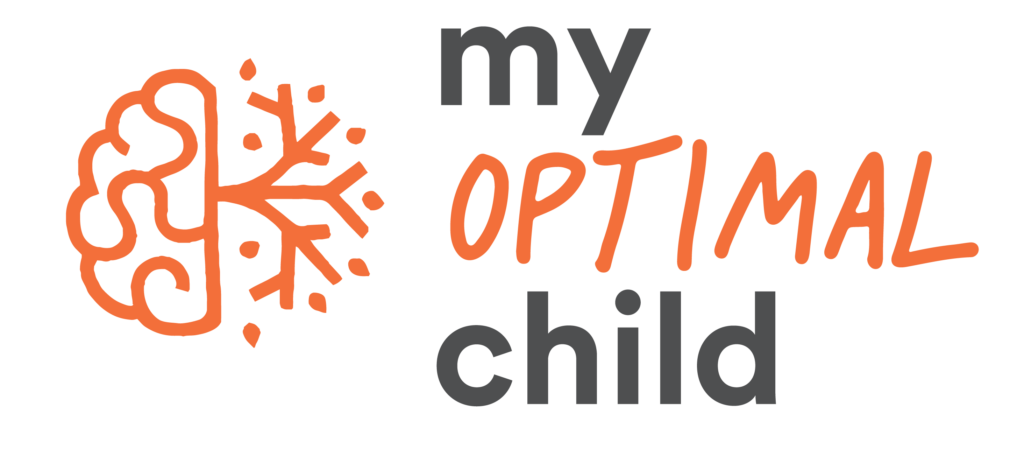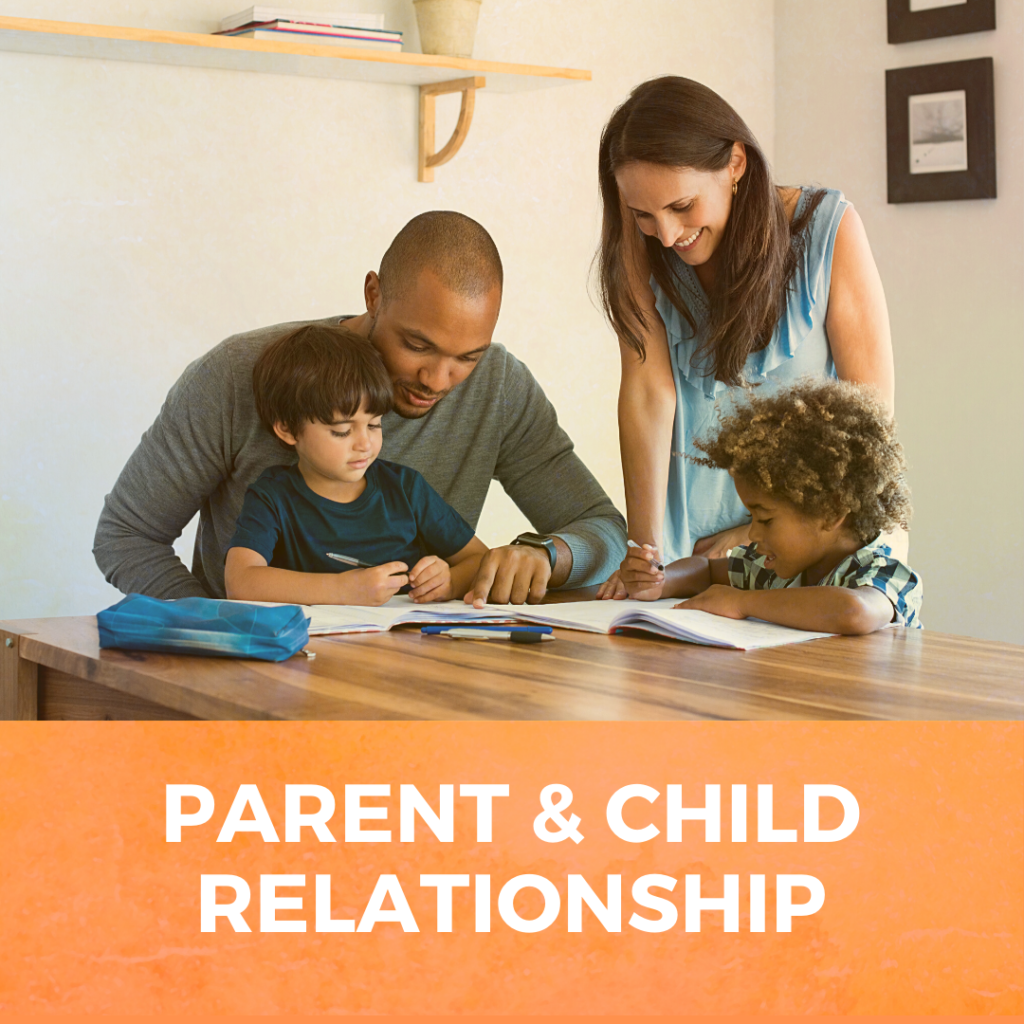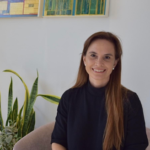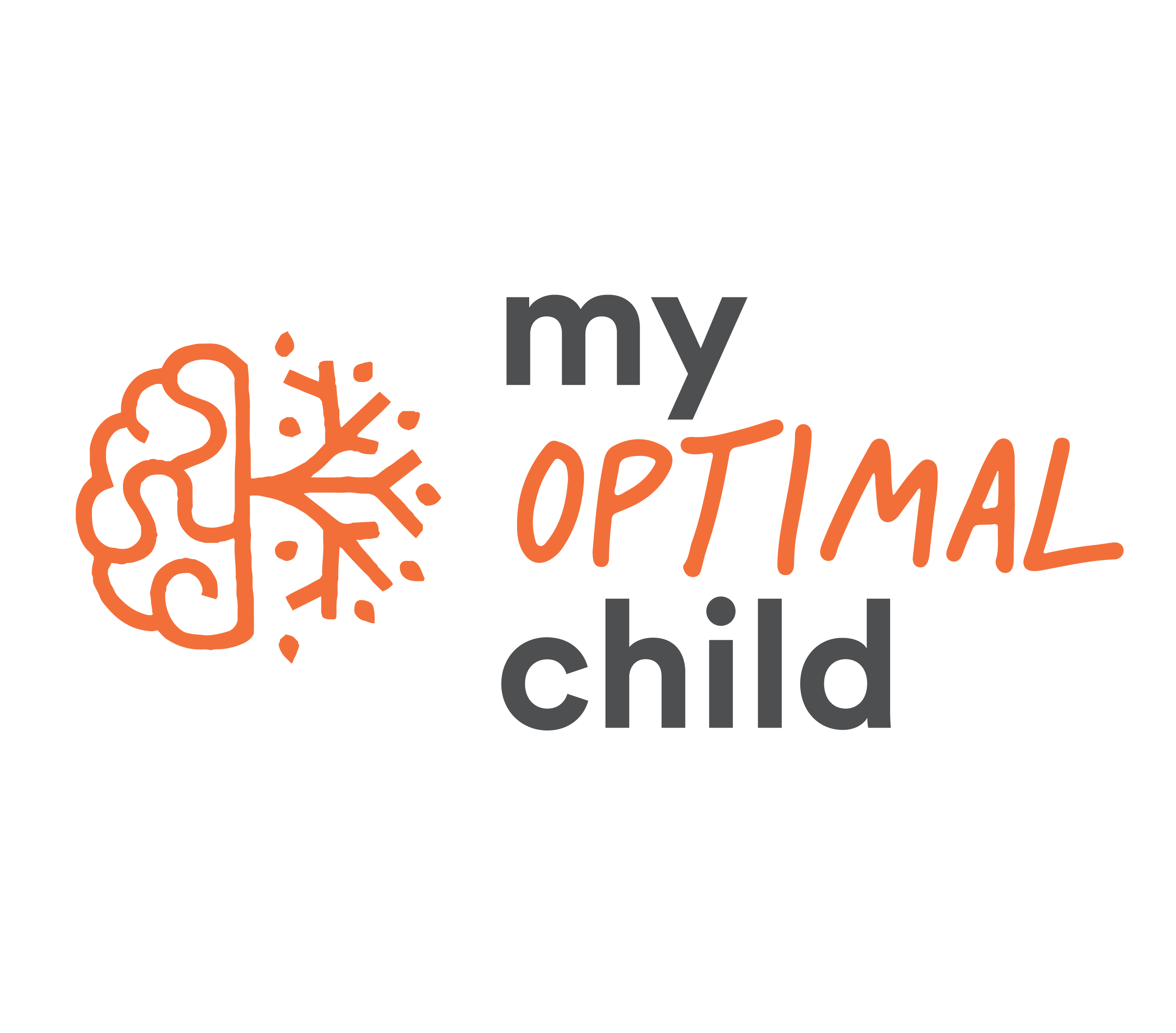One of the crucial issues facing early educators today is teaching a group of children with different talents and learning styles. Because children differ in their level of expertise and interests – due to both experience and genetic predisposition – teachers must be sensitive to the needs of each individual child while not isolating any child from the class as a whole. Consider two 6-year-old classmates, one who can perform multiplications and divisions, and another who can only add and subtract. While these children may have different learning styles (e.g., they might respond to different sensory inputs) they are part of the same group, sharing the same environment and interacting with each other. The key question is: how can an educator teach a group of students, considering both their unique differences and the need for social learning? I find that there is a tension between respecting individual differences and fostering social learning. Focusing on providing individual needs often predisposes teachers to one-to-one interaction with the child, leaving behind the social group. Conversely, when prioritizing social learning, the instruction is not tailored to children’s learning differences, and some children may be left behind.
To create an environment to where the needs of both types of learning are addressed, it is important to first understand why children learn differently. The Multiple Intelligences theory gives us insight into understanding children’s individual differences. According to the theory, developed by Dr. Howard Gardner at the Harvard Graduate School of Education, there are 8 distinct but coordinated intelligences, each related to different aspects of our culture and different parts of the brain. Because children respond differently to various types of stimuli, certain intelligences may develop more quickly than others. To compensate, activities in the classroom can be structured to bridge a stronger intelligence to a weaker one. For instance, a student who has developed more slowly in writing but who is skilled at taking things apart and putting them back together could be asked to write an instruction manual for putting the pieces of a clock together. Thus the spatial intelligence is used to form a link to the linguistic intelligence.
While remembering that each child develops in his or her own way, we cannot forget that learning is very much a collaborative experience for young children. As much as they are learning from their teacher, they are also sharing with and learning from their peers. Thus it is important to have a customized curriculum according to their abilities while still fostering the social learning environment. I use a simple 3 step guideline to create this environment – this could be applicable not only in the classroom but also at home for parents.
First, take into account that children develop their skills in different areas at different times and through different pathways. Therefore, develop activities where there are different roles that require different competency levels. For example, consider a lesson plan for 6-year old to write a story. Some students may be able to write paragraphs and discern the different parts of the story, while others may just be able to create simple sentences. Students that only write simple sentences can focus on the details of the story while the more advanced students can work on how the story will flow as a whole.
Second, teachers or parents should play the role of a facilitator, grouping students or siblings with different strengths together so that they can nurture the development of each other’s less proficient skills. In the above example, children that are more imaginative but are poor writers can be teamed with students with high a level of competency in writing.
Lastly, the story should be presented in different forms – such as reading aloud or acting out – and compared with other media such as news or poetry. This will enable students to take external information from several sources, compare it with their internal representations, and then combine both to recreate a representation of their own.
Educating in a multicultural environment only increases the likelihood that a classroom will be filled with students with abilities and experiences that differ considerably, and this is especially relevant for international schools in China. It is the job of the educator to make sense of this complex situation and build a constructive learning environment. Creating this environment is a delicate and challenging task, but with patience, creativity, and sound teaching practice, it can be done.
THIS ARTICLE WAS ORGINALLY PUBLISHED AT BEIJING MAGAZINE, OCTOBER EDITION,2006.









